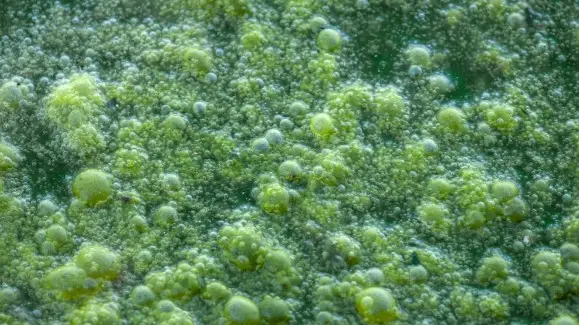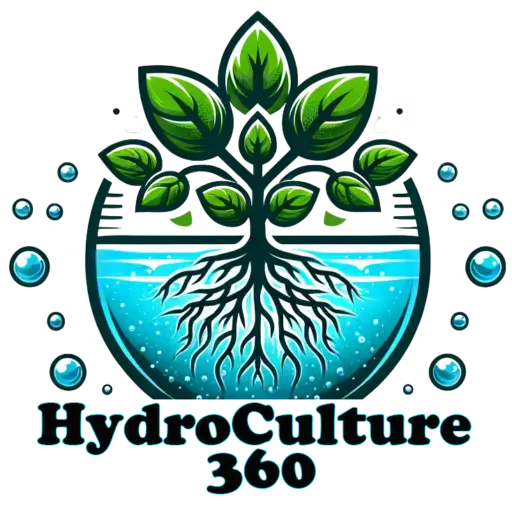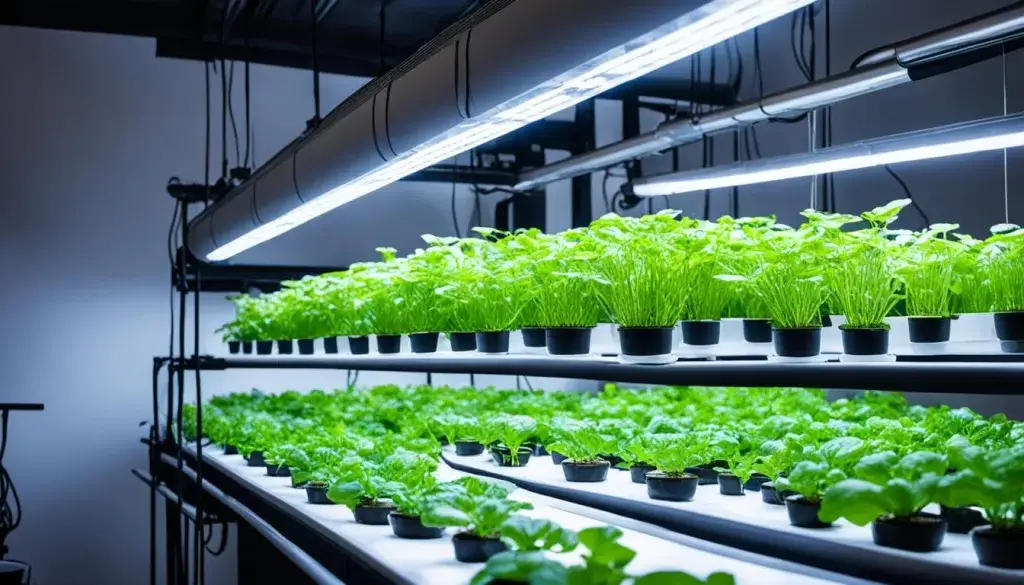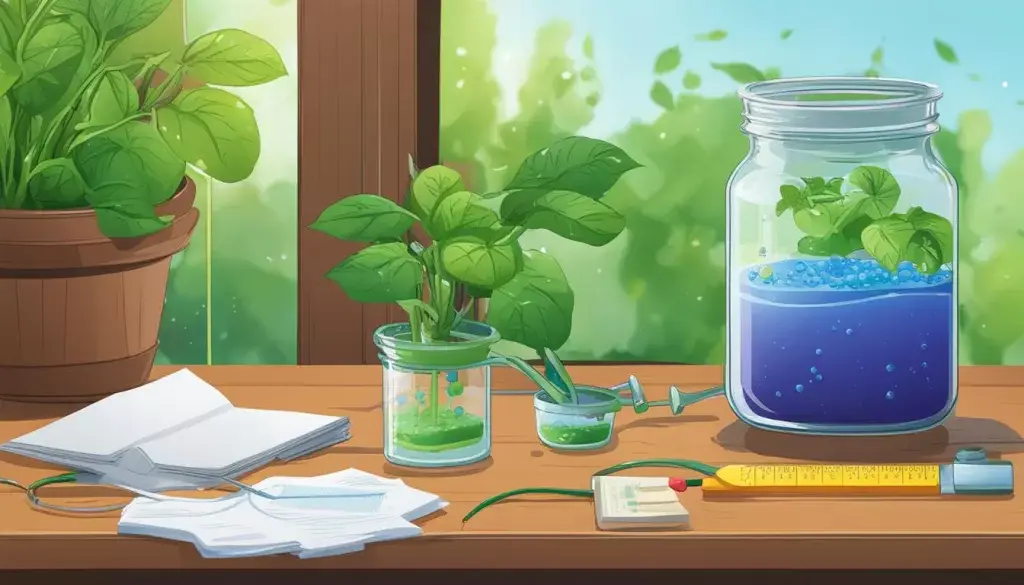Unravel the mysteries of algae control in your hydroponic system with our expert tips and tricks. Algae can quickly turn your green oasis into a slimy nightmare, but fear not, we’ve got you covered with easy, effective solutions to keep your hydroponic setup algae-free.
From light cycles to nutrient levels, we’ll guide you through the ins and outs of algae management so you can focus on growing luscious greens instead of battling unwanted green invaders. Say goodbye to algae woes and hello to thriving hydroponic success!
Key Takeaways:
- Monitor and Maintain: Keeping a watchful eye on nutrient levels, pH, and water quality is essential for effective algae management in hydroponics.
- Implement Light Control: Adjusting light exposure to your hydroponic system can help prevent algae growth and maintain optimal conditions for plant growth.
- Introduce Beneficial Microorganisms: Utilizing beneficial bacteria or enzymes can help outcompete algae for nutrients and space, keeping your system algae-free.
- Regular Cleaning Routine: Ensuring cleanliness in your hydroponic system by regularly cleaning and sterilizing equipment can help prevent algae buildup.
- Choose the Right Hydroponic System: Selecting a system with proper aeration and circulation can help inhibit algae growth and create a healthy environment for plant growth.


Prevention: Nipping Algal Blooms in the Bud
Location, Location, Light Reduction: Positioning Your Hydroponic Setup
Reduction is key when it comes to preventing algal blooms in your hydroponic system. Algae thrive in light, so strategic placement of your setup can make a big difference.
Position your hydroponic system in a location that receives adequate but not excessive light. Consider using shading materials or placing your setup in a partially shaded area to reduce light exposure.
Additionally, be mindful of indirect light sources that could inadvertently promote algae growth. Reflective surfaces and light leaks can also contribute to algae proliferation, so ensure your setup is in a controlled environment with minimal light infiltration.
Starving the Invaders: Nutrient Management Tips
Any algae present in your hydroponic system are essentially freeloaders, taking up valuable nutrients that your plants need to thrive.
To starve these invaders, practice proper nutrient management. Maintain a precise nutrient balance based on the specific requirements of your plants to limit excess nutrients available for algae to feed on.
- Regularly monitor and adjust nutrient levels to prevent nutrient imbalances that can favor algal growth.
The key to successful algae management lies in outsmarting these opportunistic organisms with savvy nutrient control. Don’t let algae freeload off your hard work – take charge with proactive management strategies!

Algae Identification and Monitoring: Know Your Enemy
Now that we’ve established the importance of managing algae in hydroponic systems, it’s time to research into the world of algae identification and monitoring. Understanding the types of algae that can plague your setup and implementing effective monitoring techniques are key steps in mastering algae management.
The Cast of Green: Identifying Common Algal Culprits
The first step in battling algae is knowing your enemy. The most common types of algae found in hydroponic systems include green algae, blue-green algae, and diatoms.
Green algae, often seen as slimy green patches, thrive in nutrient-rich environments and can quickly take over if left unchecked. Blue-green algae, also known as cyanobacteria, can form thick layers on the water’s surface and release toxins harmful to plants.
Diatoms, characterized by their brown color and glass-like appearance, can coat surfaces and clog filters.
Spies in the Waters: Effective Monitoring Techniques
Culprits lurk in the form of algae, but fear not – you can outsmart them with effective monitoring techniques. Regularly inspecting your hydroponic system for signs of algae growth, such as green or brown discoloration, slimy textures, and foul odors, can help you catch the culprits early on.
Using tools like pH meters, conductivity meters, and optical sensors can aid in monitoring nutrient levels and alert you to any imbalances that may promote algae growth.
Waters can be tricky to navigate when it comes to algae management, but with the right monitoring techniques, you can stay one step ahead of these sneaky green invaders.
By keeping a close eye on your system and promptly addressing any signs of algae growth, you can maintain a healthy hydroponic setup and ensure your plants thrive algae-free.
Combat Strategies: Rolling Out the Algal Artillery
Keep calm and combat algae! Algae management in hydroponics can be a battle, but with the right strategies, you can win the war against these unwanted green invaders.
One effective approach is to roll out the algal artillery, which includes utilizing a combination of bio warfare with beneficial organisms and drowning sorrows with solutions through chemical and physical removal tricks.
Bio Warfare: Introducing Beneficial Organisms
Warfare against algae can be more strategic than you think. By introducing beneficial organisms like algae-eating fish, snails, or daphnia into your hydroponic system, you can create a natural balance that helps keep algae growth in check.
These organisms act as your frontline defense, consuming algae and preventing their overgrowth without the need for harsh chemicals.
Looking to level up your bio warfare game? Consider adding beneficial bacteria or enzymes that break down algal debris and compete with algae for nutrients. With the right allies by your side, you can maintain a healthy hydroponic environment that is inhospitable to algae.
Drowning Sorrows with Solutions: Chemical and Physical Removal Tricks
Organisms causing algae may be persistent, but so are the solutions available to combat them. Chemical treatments like hydrogen peroxide or algaecides can be effective in killing existing algae, but remember to use them sparingly and according to the instructions to avoid harming your plants.
Additionally, physical removal methods such as scrubbing or using UV sterilizers can help keep algae at bay.
With the right combination of chemical and physical removal tricks, you can show algae who’s boss in your hydroponic system. Just remember, a little algae management goes a long way, so don’t be afraid to get your hands dirty (literally) in the fight against these pesky green invaders!
System Maintenance: Keeping Algae at Bay
Despite your best efforts, algae can sometimes sneak its way into your hydroponic system and wreak havoc on your plants. However, with proper system maintenance, you can keep algae at bay and ensure a healthy growing environment for your greens.
Cleanliness is Next to Godliness: Routine System Cleaning Tips
Routine system cleaning is crucial in preventing algae buildup in your hydroponic setup. Make sure to regularly clean all surfaces, including reservoirs, tubing, and growing trays, to remove any algae or debris that may have accumulated. Do not forget, a clean system is a happy system!
- Use a mild detergent or hydrogen peroxide solution to scrub and disinfect your system
- Inspect and clean your system’s filters and air stones to maintain optimal water circulation
- Regularly check and adjust the pH and nutrient levels in your reservoir to keep algae growth in check
Any signs of algae growth should be promptly addressed to prevent it from spreading and causing issues for your plants. With consistent cleaning and maintenance, you can keep algae under control and ensure a thriving hydroponic garden.
Water Works: Maintaining Water Quality and Flow
Any successful hydroponic system relies on clean, well-maintained water to provide essential nutrients to your plants. Regularly monitor the water quality and flow in your system to prevent algae growth and other potential issues.
Godliness is in the details when it comes to maintaining water quality in your hydroponic system. Be sure to invest in a good quality water testing kit to monitor pH, nutrient levels, and any signs of algae growth. Keeping your water clean and nutrient-rich will ensure healthy plant growth and minimize the risk of algae taking over.

Final Algae Thoughts: Harmony in Hydroponics
Reflections on Algae Management Successes
Management of algae in hydroponic systems can be a daunting task, but with the right strategies and tools, it is possible to achieve success.
By implementing proper sanitation practices, optimizing nutrient levels, and maintaining balanced light exposure, growers can effectively control algae growth.
Regular monitoring and quick intervention are key to keeping algae at bay and ensuring a harmonious environment for plant growth.
Successful algae management not only improves the overall health of the hydroponic system but also enhances the aesthetic appeal of the setup.
Clear, algae-free water allows for better visibility of plant roots and easier nutrient uptake. By mastering algae management, hydroponic growers can enjoy a cleaner, more efficient growing experience.
Cultivating Future Growth: Continuous Improvement and Learning
Continuous improvement and learning are essential components of successful algae management in hydroponics. Growers should constantly evaluate their practices, experiment with new techniques, and stay informed about the latest developments in algae control.
By staying proactive and adaptive, growers can cultivate a culture of growth and innovation in their hydroponic systems.
Hydroponics is a dynamic and ever-evolving field, and the journey to mastering algae management is a continuous learning process.
Embrace the challenges, celebrate the successes, and always strive for greater knowledge and expertise. Keep in mind, in the world of hydroponics, the only constant is change – so stay curious, stay agile, and keep growing!
FAQ
Q: Why is algae management important in hydroponics?
A: Algae can hog all the nutrients meant for your plants, leading to stunted growth and poor harvests.
Q: How does algae thrive in hydroponic systems?
A: Algae loves the warm, moist environment of hydroponic systems, plus it can piggyback on excess light and nutrients.
Q: What are some tips for preventing algae growth in hydroponics?
A: Keep your system covered to block out light, maintain proper nutrient levels, and ensure good water circulation.
Q: What are some natural ways to control algae in hydroponics?
A: Introduce algae-eating fish like plecos or implement a UV sterilizer to zap those pesky algae cells.
Q: How do I get rid of existing algae in my hydroponic system?
A: Flush your system with clean water, scrub off any algae buildup, and consider adding hydrogen peroxide in small amounts to kill off remaining algae.



